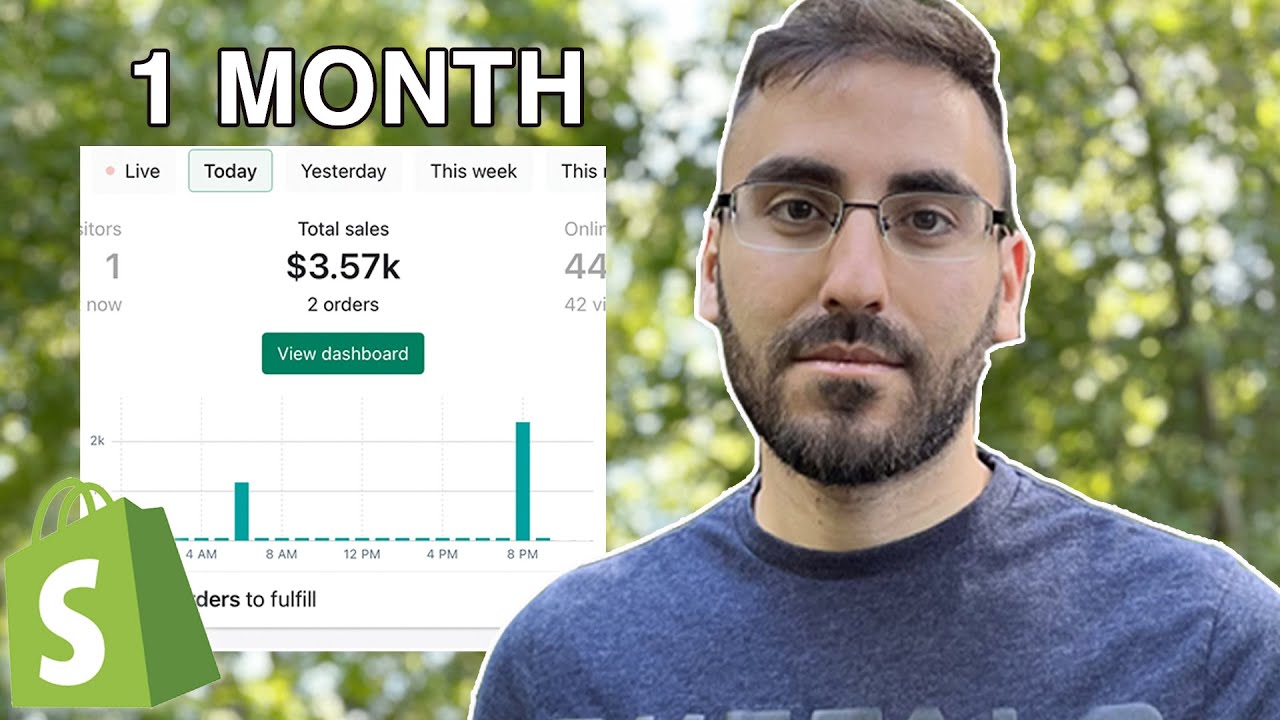
Have you ever considered starting your own e-commerce business but didn’t know where to begin? Dropshipping has become a popular way for entrepreneurs to dip their toes into the world of online retail without the need to invest in inventory upfront. Shopify, one of the leading e-commerce platforms, offers a user-friendly dropshipping model that allows you to sell products to customers without holding any stock yourself. Intrigued by the potential of this business model, I decided to try my hand at Shopify dropshipping for 30 days, focusing on high-ticket items to maximize profits.
### Setting Up Shop
The first step in my Shopify dropshipping journey was setting up my online store. Shopify makes this process incredibly straightforward, providing a range of customizable templates and tools to help you create a professional-looking website. I spent some time browsing through different themes before settling on one that suited the high-ticket products I planned to sell.
Next, I researched potential suppliers for my products. Since I wanted to focus on high-ticket items, I needed to find reliable suppliers offering quality products that would justify the higher price point. I reached out to several suppliers to discuss their products, pricing, and shipping times before finalizing my selection.
### Product Selection
Choosing the right products to sell is crucial in dropshipping. I wanted to target a niche market with products that had a high perceived value to justify the higher price tag. After conducting market research and analyzing trends, I decided to focus on luxury home decor items such as handmade rugs, designer furniture, and premium lighting fixtures.
I carefully curated a selection of products from my chosen suppliers, ensuring that each item met my quality standards and aligned with the overall aesthetic of my store. I optimized product descriptions and images to showcase the unique features and benefits of each item, helping to entice potential customers and drive sales.
### Marketing Strategies
With my store set up and products selected, it was time to focus on marketing. I knew that driving traffic to my store would be essential for generating sales, so I developed a multi-faceted marketing strategy to reach potential customers.
I leveraged social media platforms such as Instagram and Pinterest to showcase my products and engage with my target audience. I created visually appealing posts and ran targeted ads to drive traffic to my store. I also explored influencer partnerships to reach a wider audience and build credibility for my brand.
Additionally, I invested in search engine optimization (SEO) to improve my store’s visibility on Google and drive organic traffic. By conducting keyword research using


